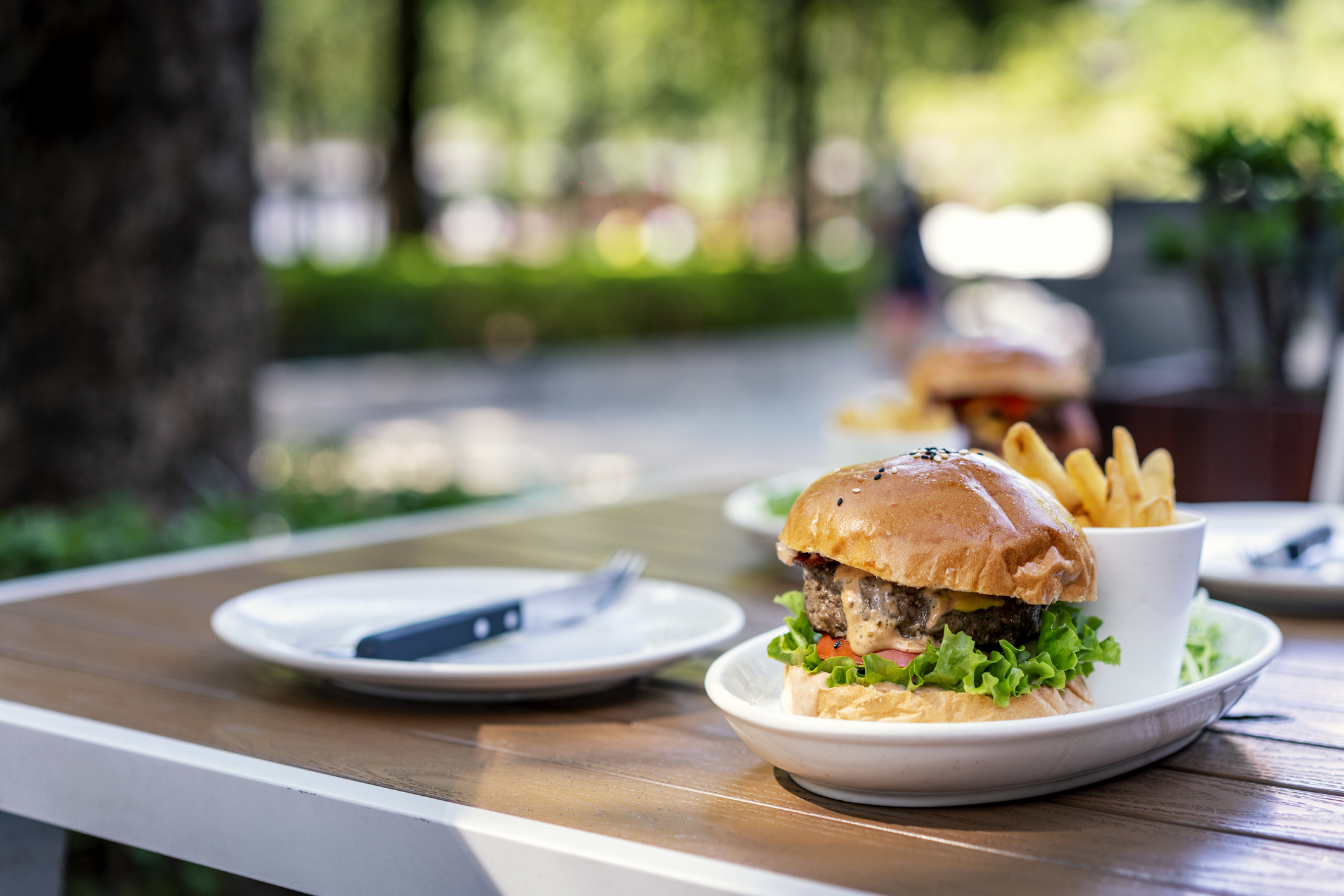
Meeting family, friends, and co-workers at restaurants? When you bring home leftovers for lunch or dinner don't invite bacteria to your next meal. Here are some food safety tips so you can enjoy your restaurant leftovers without getting foodborne illness.
- If you plan to go to a movie or be out and about after eating at a restaurant, then you should skip taking the leftovers.
- Perishable foods should be brought directly home because the faster food gets into the refrigerator, the lower likelihood of bacterial growth.
- Meat and poultry leftovers are safely refrigerated at 40 F up to 4 days. Eggs and lunch meats are safely stored at 40 F up to 5 days.
- For best quality, cooked meat and poultry leftovers can be stored in the freezer at 0 F or below for 2 to 6 months.
- If you reheat all of your leftovers but don't finish the entire portion, refrigerate what's left immediately so it can be safely reheated again
- When reheating in the microwave, place foods on a microwave safe plate. Food items should be spread evenly and stirred halfway through heating to avoid cold spots.
- Warning—reheating in slow cookers isn't recommended because foods may be sitting too long in the "Danger Zone" (40 F - 140 F).
- When reheating meat and poultry in the oven, the temperature should be no lower than 325 F.
- When reheating leftovers, use a food thermometer to check the food's internal temperature. The food is safe to eat once it reaches 165 F.
- Soups, sauces, gravies, etc., should be reheated to a boil.
And a word of caution—never taste food to determine its safety. You can't see or taste harmful bacteria. When in doubt, throw it out!
Need help?
Talk to a food safety expert and get answers to your questions about food safety.
- For non-meat food products (cereals, fish, produce, fruit juice, pastas, cheeses, etc.), call the FDA at 1-888-SAFEFOOD (1-888-723-3366).
- For meat, poultry and egg products, call the USDA Meat and Poultry Hotline at 1-888-MPHotline (1-888-674-6854).

